Reverse Osmosis System Slow Flow
Reverse osmosis system slow flow. Step 1 - Re-install all filters on to the RO unit. Reverse osmosis commonly referred to as RO is a process where you remove a large portion of dissolved solids and other contaminants from water by forcing the water through a semi -permeable reverse osmosis membrane. Leading in osmometry since more than 35 Years.
This could be low pressure going into the system poor pressure due to a clogged filter or the pressure in the storage tank is too high or too low. A visual inspection of the system will often reveal the problem area and alert you to what needs to be fixed. Slow water flow rates might be a result of low pressure inside the RO tank.
Slow water flow from a reverse osmosis system is due to inadequate water pressure. Step 2 - Turn on water supply to the system at the Adapt-A-Valve. The water purifier can effectively filter out rust gravel colloids in the water and absorb the residual chlorine in the water smell color pesticides and other chemical agents and can effectively remove bacteria pathogens toxins heavy metals and other impurities in the water.
Get a FREE REPORT on the 1. Brondells Circle Reverse Osmosis Water Filtration System utilizes patented new technology to eliminate back-pressure making it up to 10 times more efficient than current conventional RO systems. To restart your Reverse Osmosis System follow the below steps.
Slow water flow rates could be a result of the low-pressure interior of the RO tank. If just one of the reverse osmosis filters gets clogged it may take much longer for the storage tank to fill. Additionally the Circle RO Water Filter eliminates any need for electricity by.
Clogged RO Membrane Slows Water Flow. Slow flow from a reverse osmosis system is often due to improper water pressure. Most revers osmosis membranes are designed to work with 60 PSI or higher water pressure where they are tested to yield a stable rejection rate of at least 975.
Filters are color coded to match the filter heads they snap in to. Note - Check frequently over.
To check your pressure locate the Schrader valve typically covered by a.
If you forget to change reverse osmosis membrane with time your system will. Reverse osmosis commonly referred to as RO is a process where you remove a large portion of dissolved solids and other contaminants from water by forcing the water through a semi -permeable reverse osmosis membrane. Most revers osmosis membranes are designed to work with 60 PSI or higher water pressure where they are tested to yield a stable rejection rate of at least 975. Reverse Osmosis tanks should have a pressure of 7 to 8 psi without any water within the tank. To check your pressure locate the Schrader valve typically covered by a. Clogged RO Membrane Slows Water Flow. If you only get about one. Ad Browse Our Wide Range of Products from Pharma Bio Chemical Food More Today. Ad Browse Our Wide Range of Products from Pharma Bio Chemical Food More Today.
Pressure in Tank Might be Low. Step 2 - Turn on water supply to the system at the Adapt-A-Valve. To check your pressure locate the Schrader valve typically covered by a. Slow flow from a reverse osmosis system is often due to improper water pressure. Slow water flow rates could be a result of the low-pressure interior of the RO tank. Clogged RO Membrane Slows Water Flow. Slow water flow from a reverse osmosis system is due to inadequate water pressure.
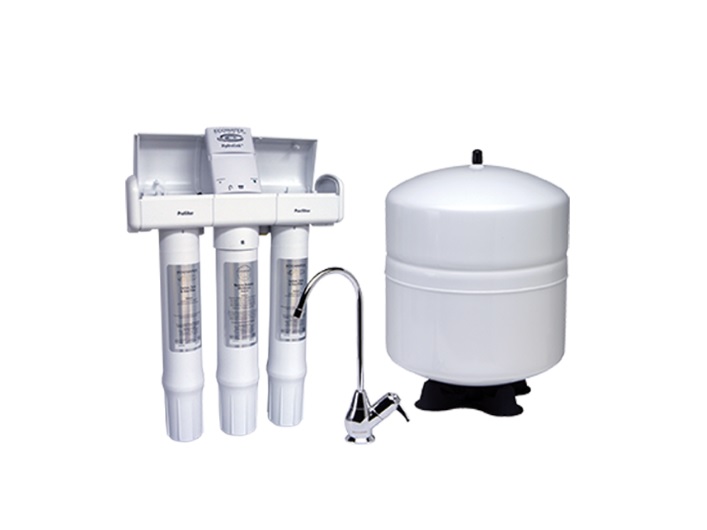


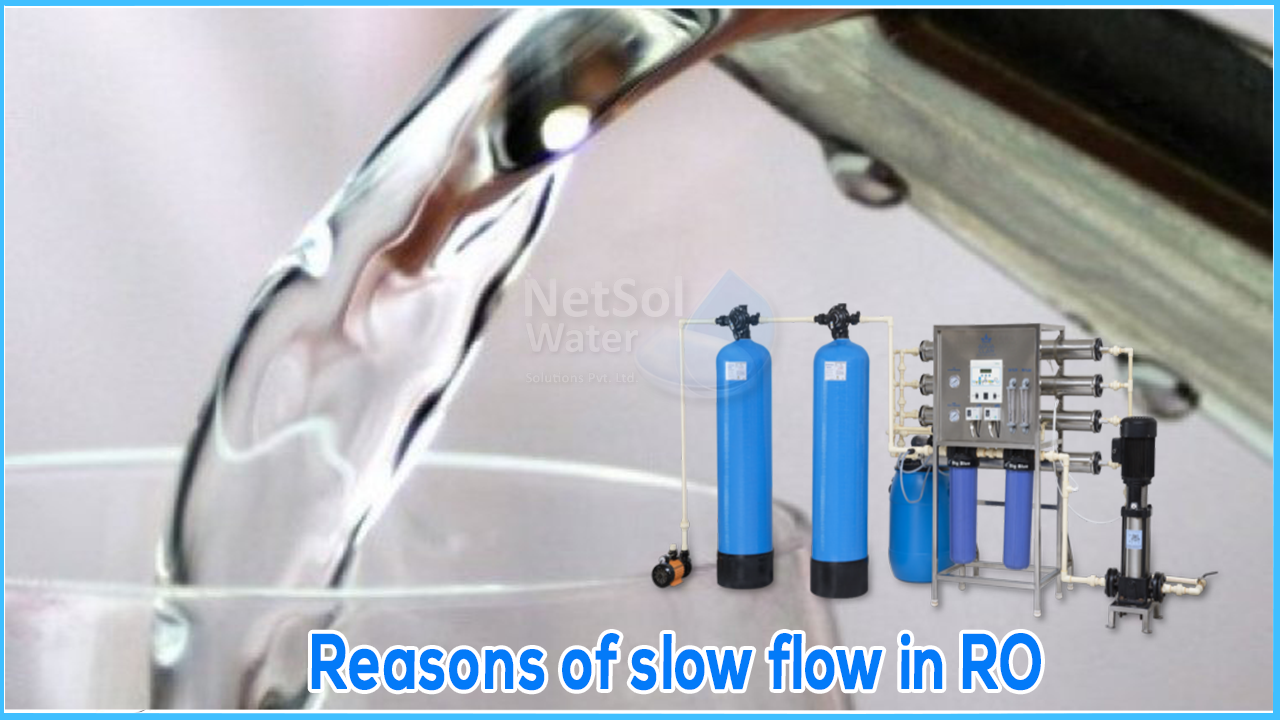
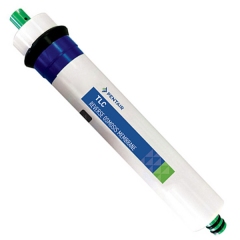








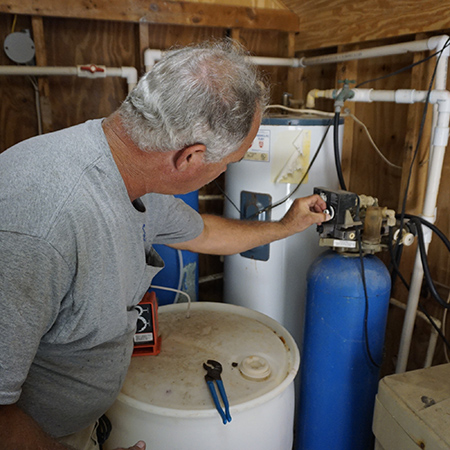



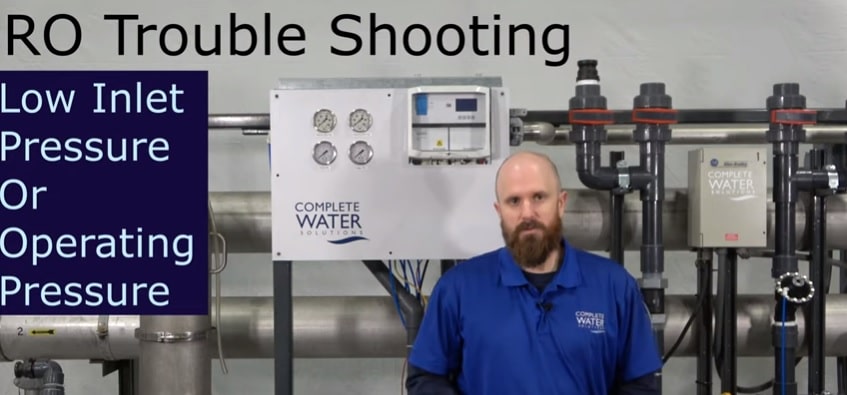


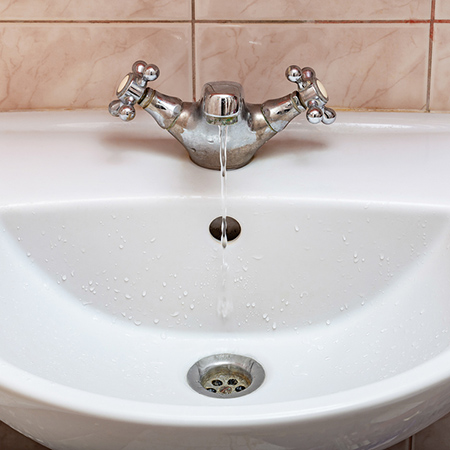


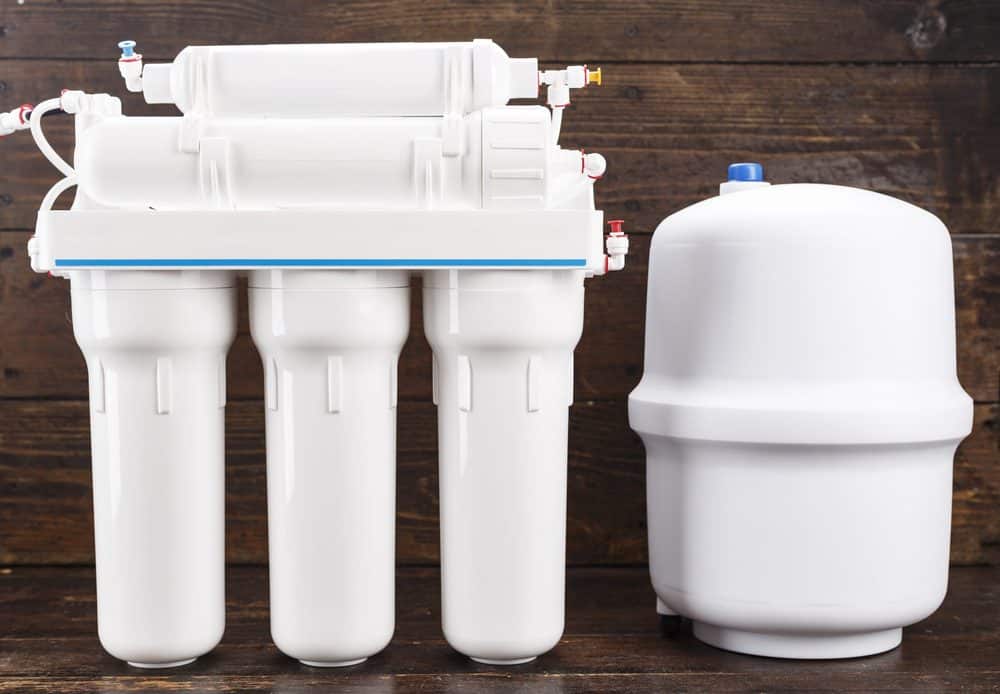

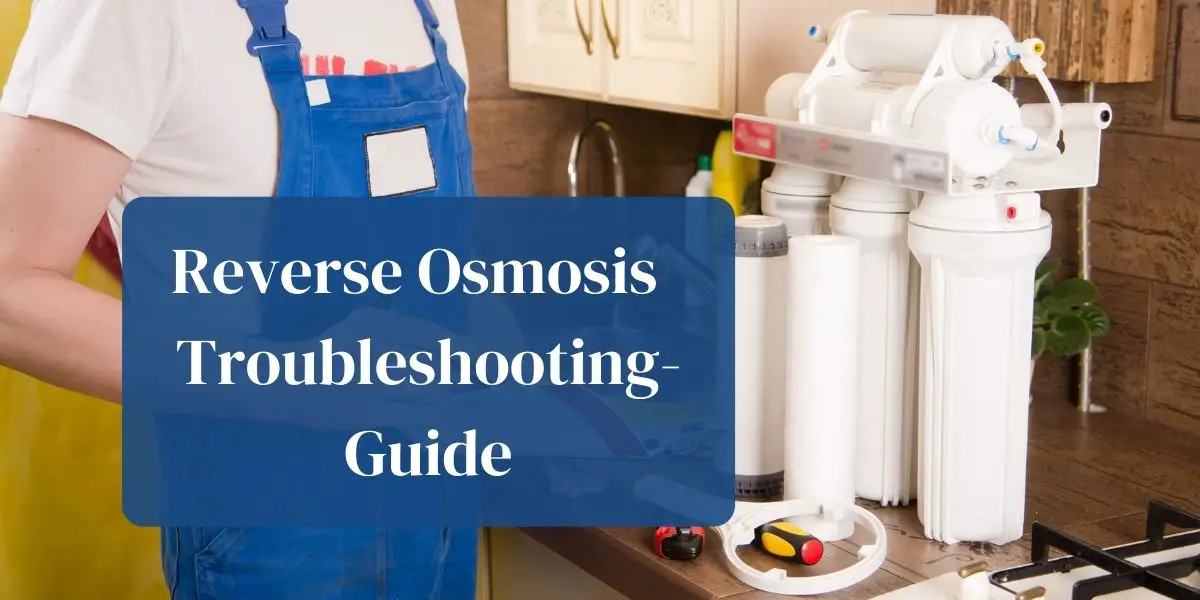
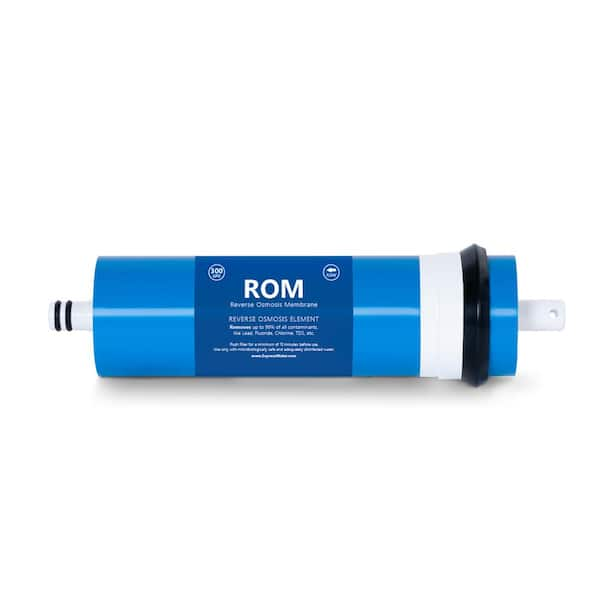
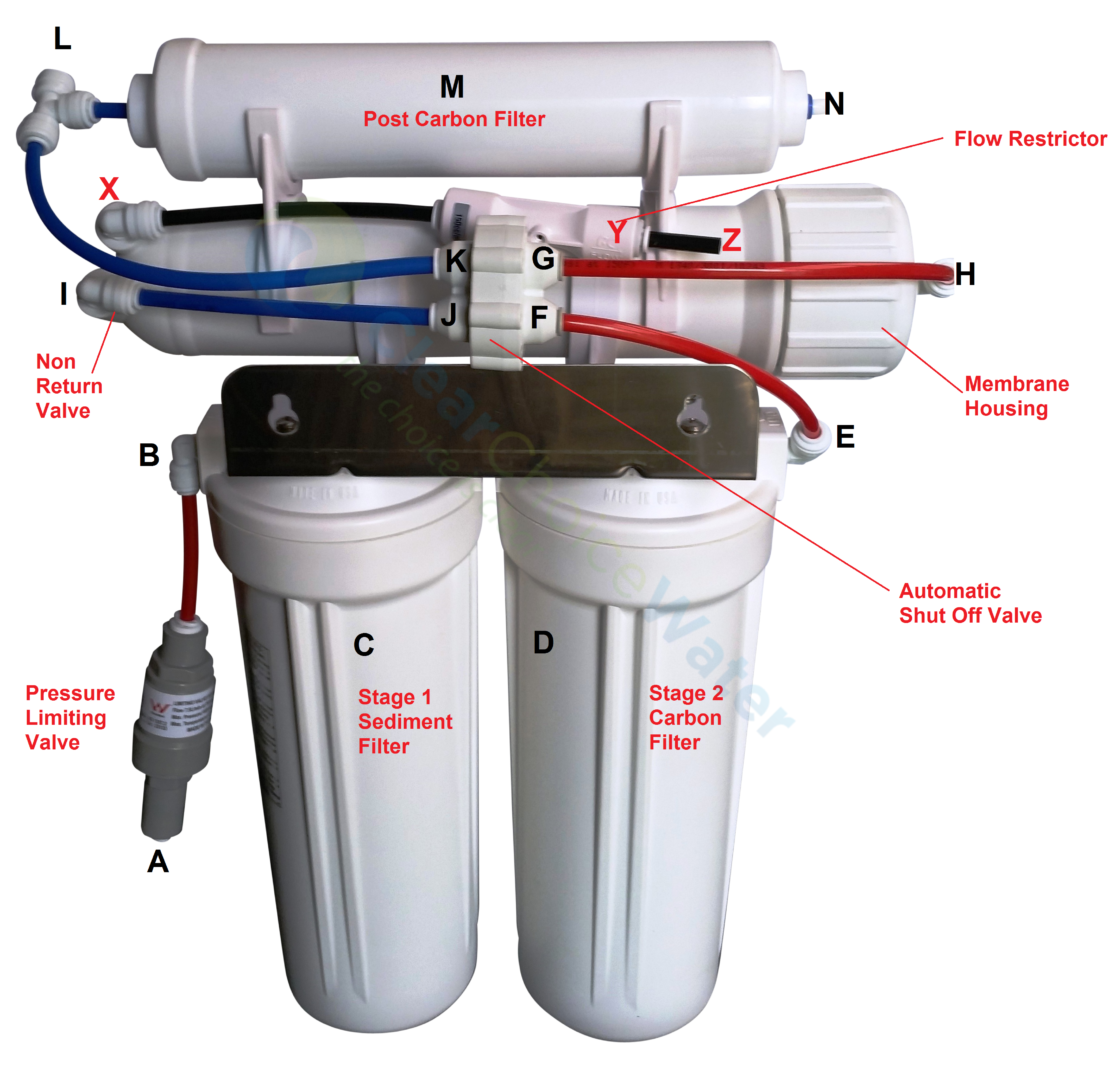

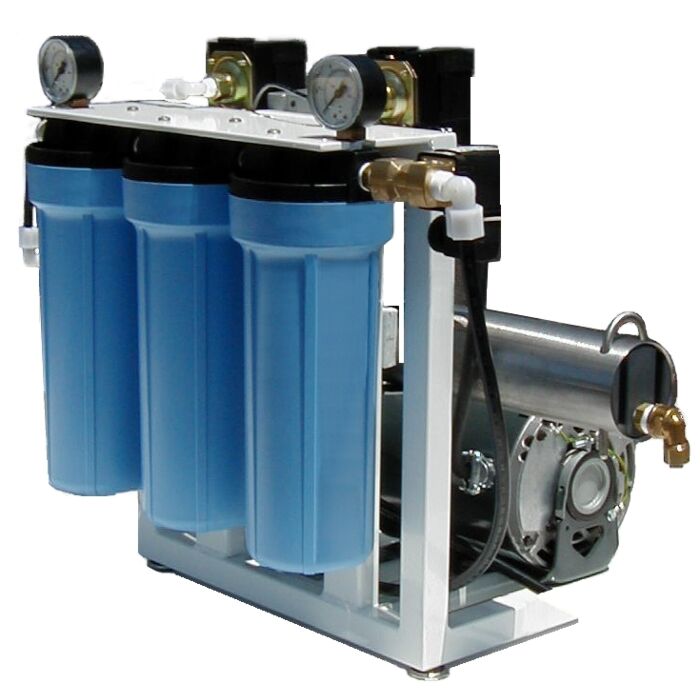


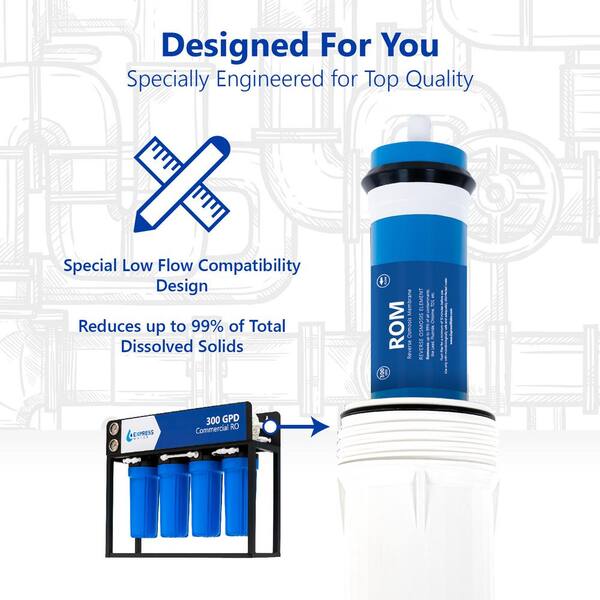

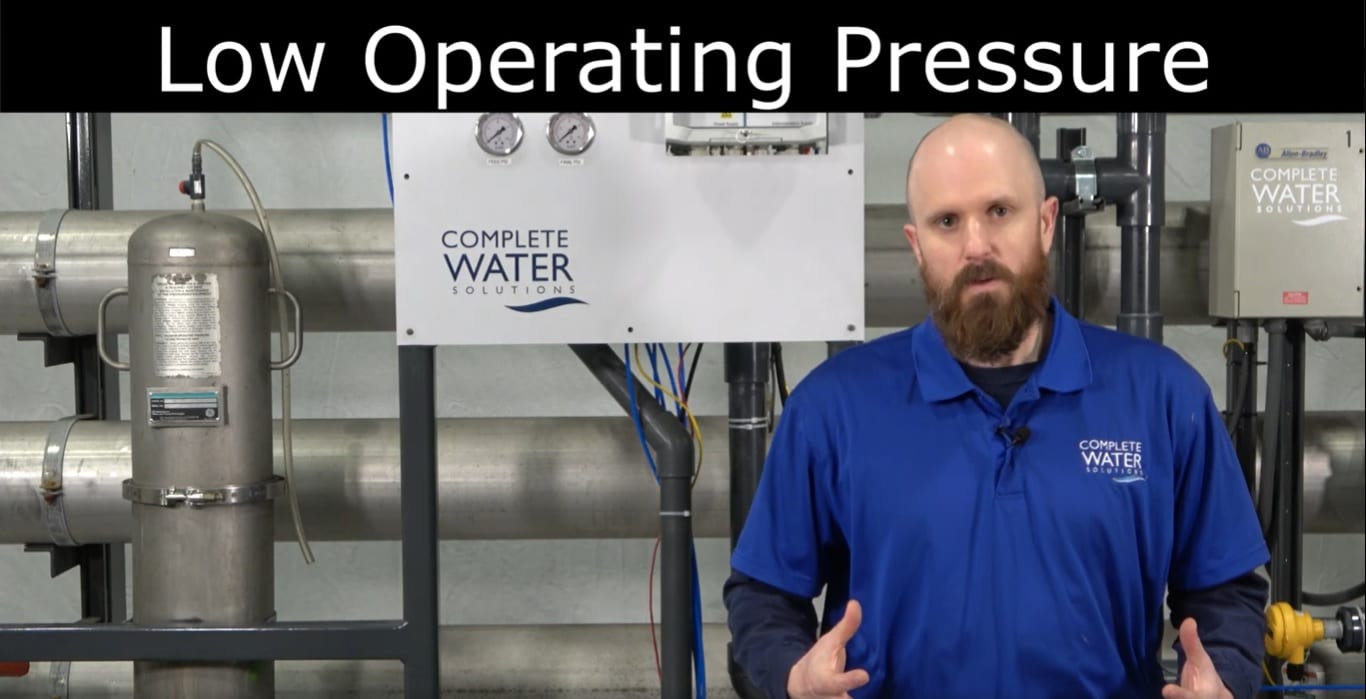

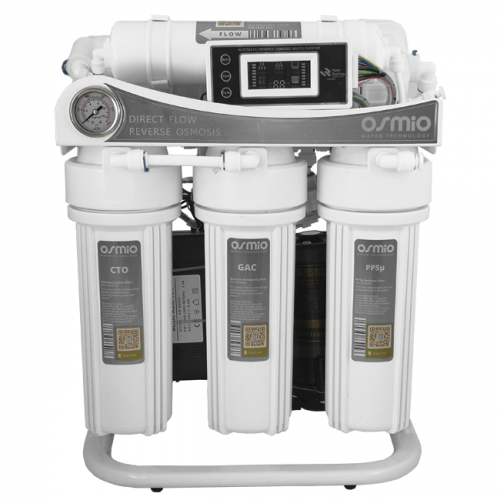



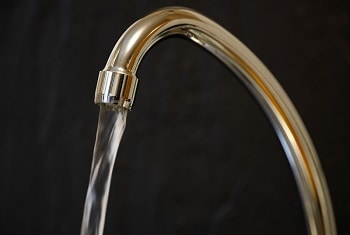
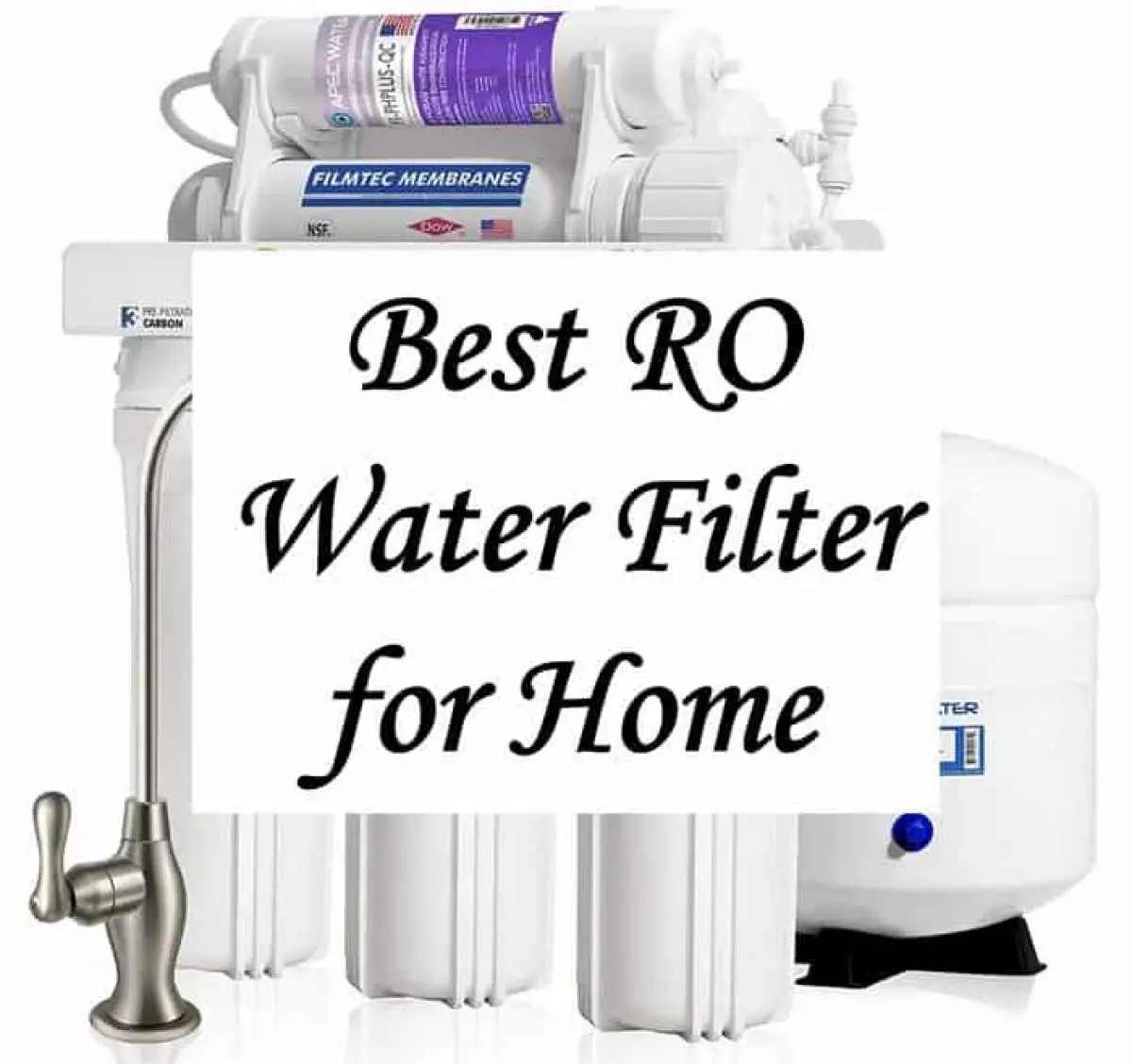

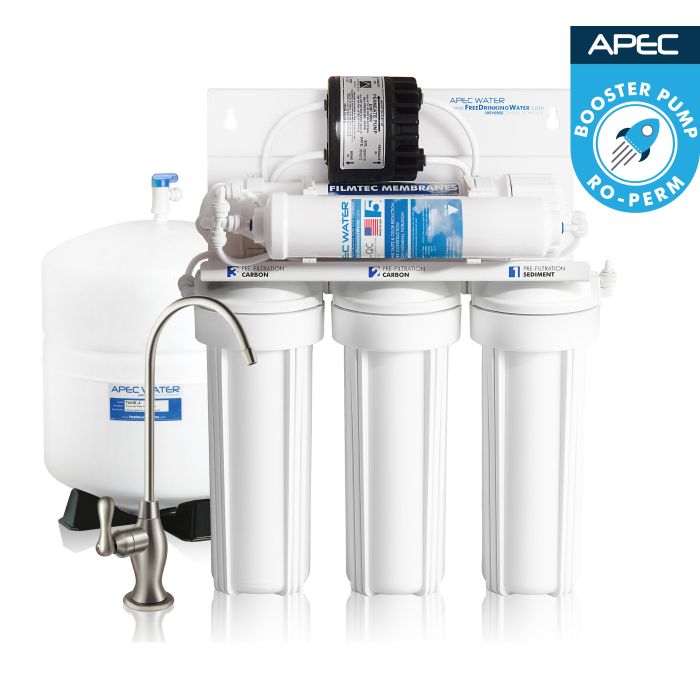
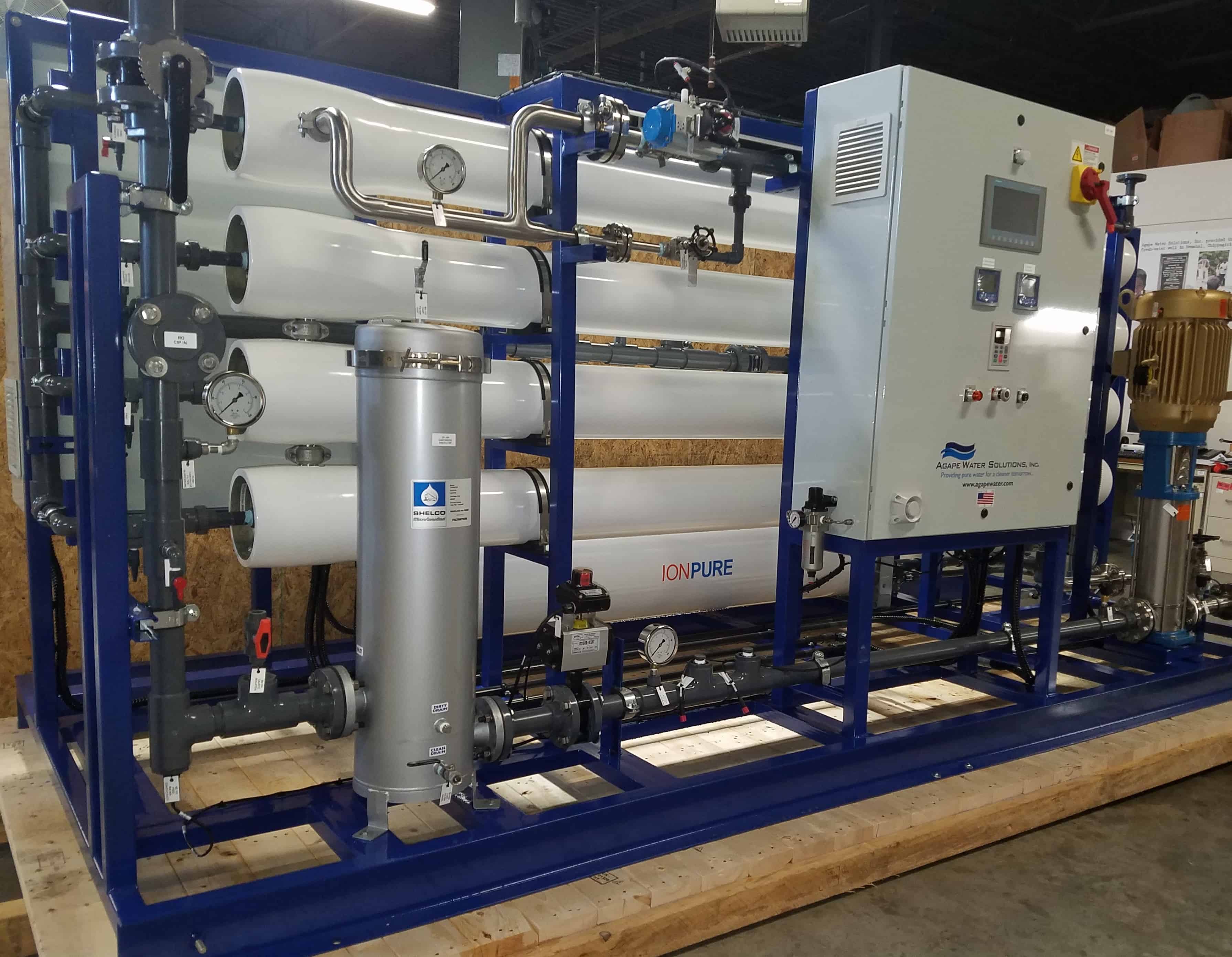


Post a Comment for "Reverse Osmosis System Slow Flow"